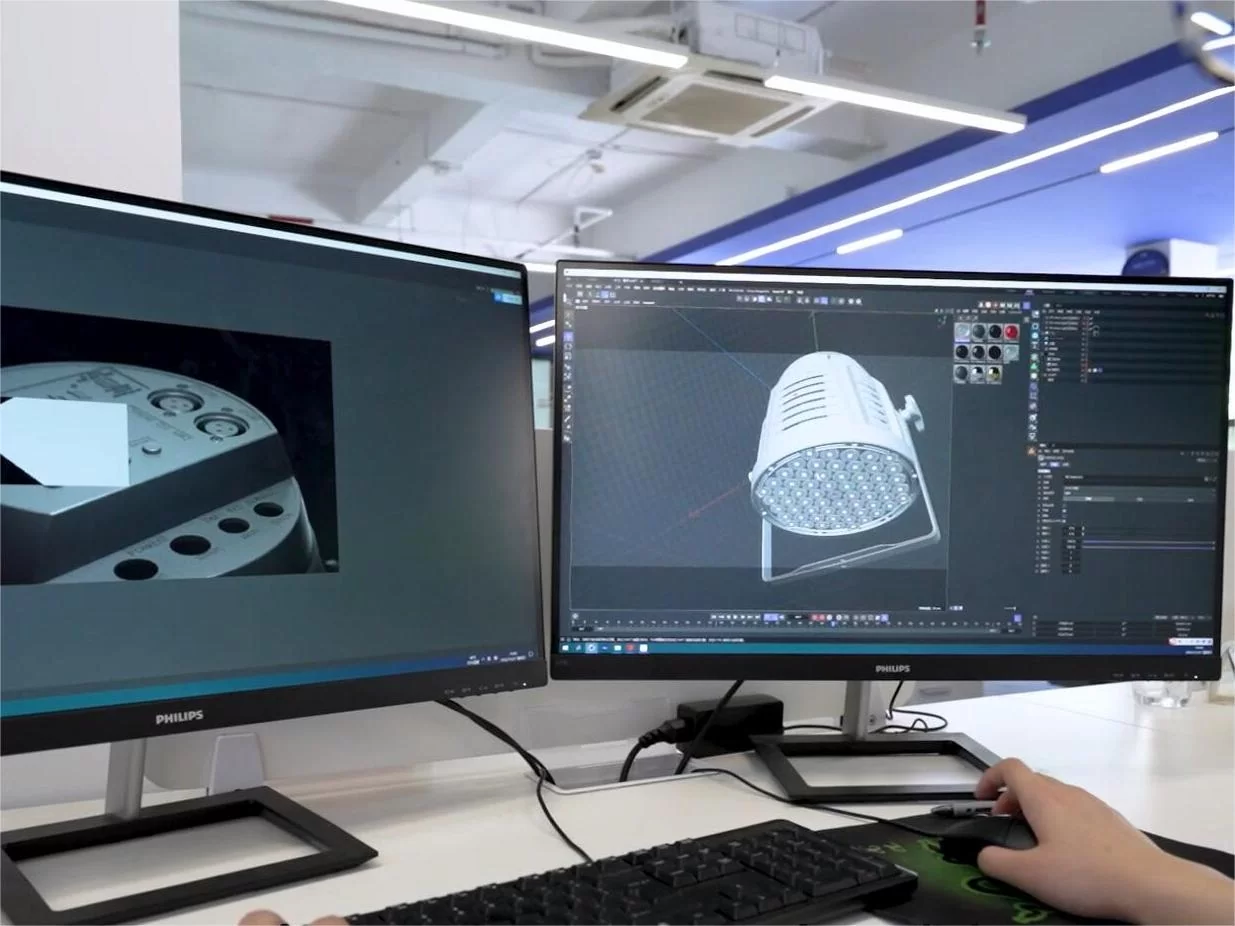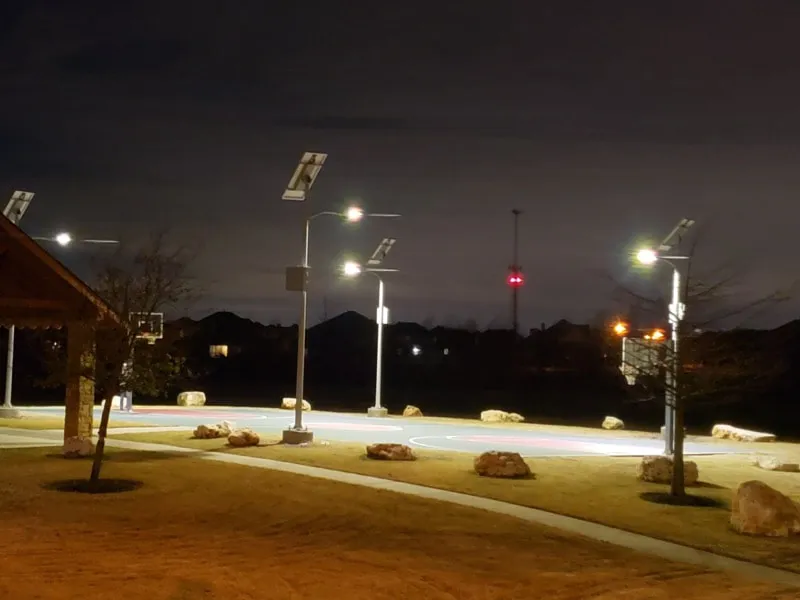Streetlights are a big part of city infrastructure. They keep us safe and allow us to see at night. But most people have no idea how they work. Understanding how streetlights work can help you make smart lighting decisions for your business, especially in an era when energy efficiency and smart technology are so important.
Streetlights are controlled by sensors, timers, and smart technology. These systems can turn lights on or off based on ambient light levels, time schedules, or motion detection. Advanced controllers use data networks to manage and monitor streetlights remotely, making them more efficient and reducing energy use.
As more people move to cities, it’s more important than ever to have streetlights that are efficient and smart.
Table of Contents
How do they control street lights?
Modern street light control systems use data networks, high-frequency signals, or wireless technology to manage lighting based on real-time conditions. These systems replace traditional mechanical timers, allowing for more precise control. For example, a central control system can adjust the brightness of street lights based on traffic flow or weather conditions, ensuring optimal lighting at all times while saving energy.
How do street lights know to change?
While streetlights don’t change like traffic lights, they do adapt their behavior based on what’s going on around them. For example, traffic lights often use induction loops embedded in the road to detect cars. Similarly, some streetlights have sensors that can detect changes in light levels or motion. These sensors can cause the lights to turn on or off, or even dim, based on what’s going on. That way, the streets get lit when they need to be, but we’re not wasting energy when they don’t.
What is used to control street lighting?
Street lighting is typically managed by autonomous systems that use an astronomical calendar, light sensors, or motion detectors. These systems are pre-programmed to turn lights on at dusk and off at dawn. Additionally, smart lighting solutions allow for manual overrides and scheduling exceptions. For example, lights in a certain area can be dimmed during off-peak hours or brightened during a special event, giving you flexibility and control.
Why are street lights important?
Streetlights are crucial for public safety. They prevent accidents and cut down on crime. They make us feel safe when we’re walking or driving at night, especially in cities. Knowing how streetlights work can help city planners and businesses choose the right kind of lights for their needs downtown or in a neighborhood.
How do street lights turn on at night?
Most streetlights use little sensors to know when it’s getting dark. These sensors turn the lights on at night and off in the morning. This way, the lights only run when they need to, which saves energy. In more advanced systems, you can adjust the light levels based on the weather or how much traffic is out there.
Types of street lights and their controls
Streetlights come in all different types, like LED, solar, and the old-fashioned kind with the bulb. Each type of light has its own control system. For example, LED lights usually have smart controllers that let you dim them, set a schedule, and manage them remotely. Solar streetlights have controllers that manage the batteries and turn the lights on and off based on how much sun you get. Different kinds of lights have different benefits, and the kind of control system you use can really impact how much money you spend running the lights.
Summary
Knowing how streetlights work can help businesses make sure they’re using their lights efficiently and keeping people safe. If you’re thinking about upgrading your streetlights or you want to explore smart lighting options, let us know. We can help you figure out what you need and how to make it work for you.





